
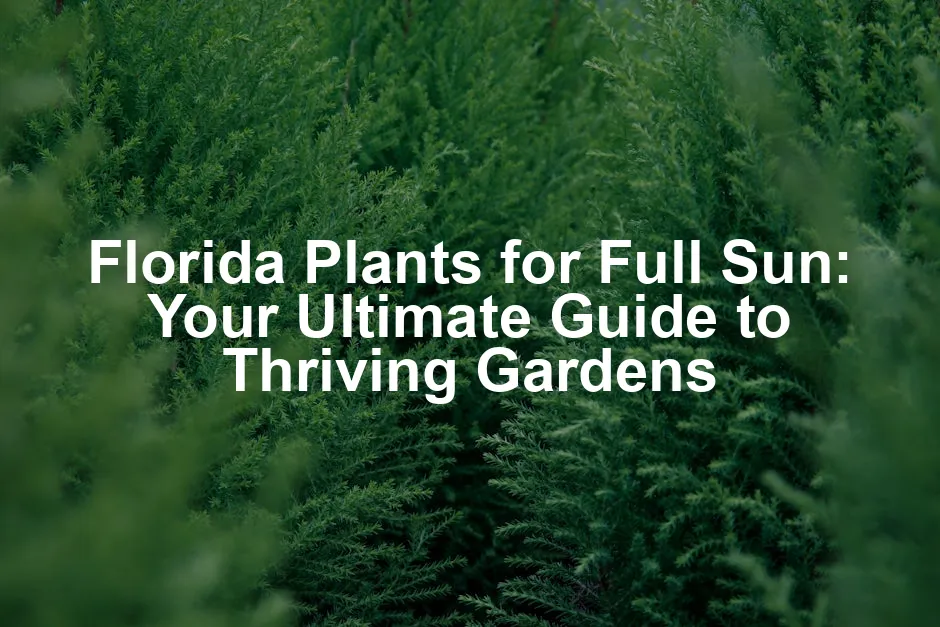
Florida Plants for Full Sun: Your Ultimate Guide to Thriving Gardens
Introduction
Florida’s sun-soaked landscape is a paradise for gardeners, but it also presents a unique challenge: choosing the right plants that can withstand the heat. The Sunshine State boasts an abundance of sunlight, which can be a double-edged sword. On one hand, it nurtures vibrant blooms and lush foliage; on the other, it can scorch unprepared plants quicker than you can say “Florida summer.”
Whether you’re a seasoned horticulturist or a casual green thumb, understanding which plants thrive in full sun is essential for creating a vibrant outdoor space. Some plants may wilt at the first hint of heat, while others stand tall, basking in the blazing sunshine.
In this guide, we’ll explore a plethora of sun-loving plants that not only flourish in Florida’s climate but also add stunning colors and textures to your garden. Get ready to meet the heavyweights of the plant world—those that thrive under the fiery Florida sun.
Prepare to embrace the sunshine with plants that are as tough as they are beautiful! With the right choices, your garden can turn into a colorful oasis, proving that even in a hot climate, beauty can flourish. For a perfect start, consider adding an Bougainvillea Plant to your garden. Its vibrant colors will make your space pop!
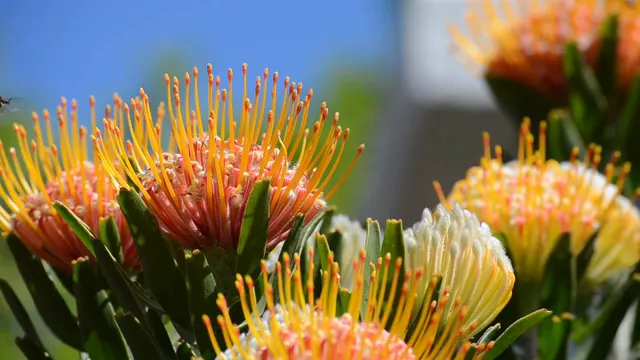
Summary
In this comprehensive guide to “Florida plants for full sun,” we’ll explore the world of resilient flora that thrives under the blazing sun of the Sunshine State. We’ll cover:
- Top Full Sun Plants for Florida: Discover a variety of flowering plants, shrubs, and ground covers that can endure high temperatures and minimal watering, such as Bougainvillea, Lantana, and Coreopsis.
- Native vs. Non-Native Species: Learn the benefits of choosing native plants that are naturally adapted to Florida’s environment, supporting local wildlife and ecosystems. For more on this, check out the best native plants for attracting local wildlife.
- Choosing the Right Plants for Your Garden: Factors like soil type, watering needs, and maintenance requirements will be discussed to help you make informed choices.
- Planting and Care Tips: Practical advice on how to plant and care for these full sun plants, ensuring a thriving garden all year round.
By the end of this guide, you’ll be equipped with the knowledge to transform your outdoor space into a lush, colorful oasis that stands up to the Florida sun while promoting environmental health. Speaking of health, don’t forget to grab some Organic Neem Oil for pest control—it’s a gardener’s best friend!
With the right selections, your garden will not only survive but thrive, creating a beautiful retreat in your own backyard.
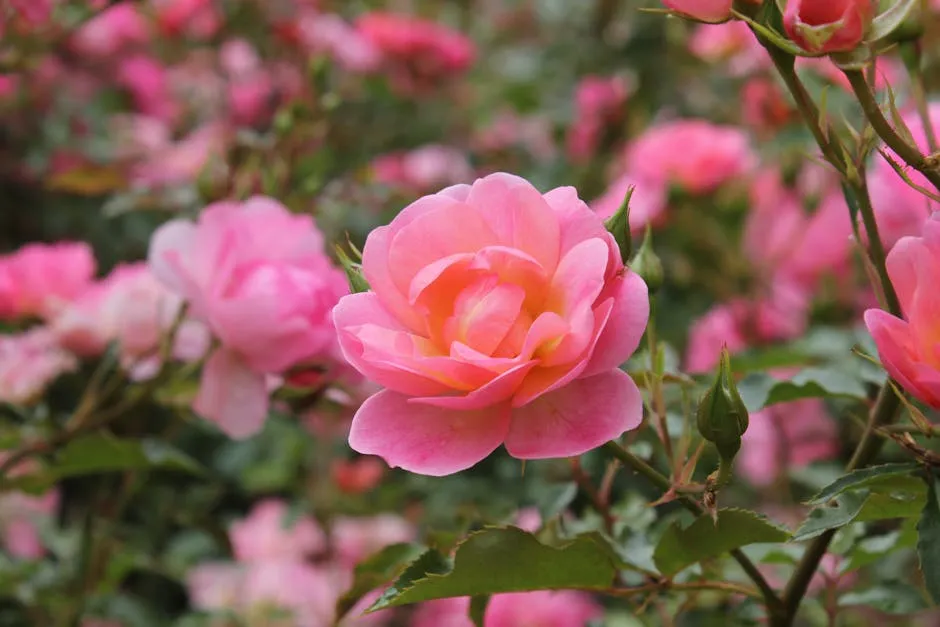
1. Understanding Florida’s Sunlight and Climate
Overview of Florida’s Climate
Welcome to Florida! A state known for its sunshine and warm weather. But what exactly does that mean for your garden? Well, you’re in for a treat and a challenge. Florida’s climate is typically warm, with temperatures ranging from a mild 47°F in winter to a sizzling 90°F in summer. Talk about a rollercoaster of weather!
Rainfall is another character in this climatic drama. With an average of about 60 inches per year, those summer afternoons can bring torrential downpours. Humidity levels? Let’s just say you might feel like you’ve stepped into a sauna. While this can be uncomfortable for us, many plants thrive in this environment, making Florida a gardener’s paradise.

Sunlight Exposure
Now, let’s talk about sunlight exposure. What does “full sun” really mean? In gardening terms, full sun means your plants need a minimum of six hours of direct sunlight each day. Assessing sunlight in your garden can be as simple as observing how the sun moves across your space throughout the day. Don’t forget to take into account any tall structures or trees that could cast shade.
Think of it like a sunbathing contest. Your plants need their fair share of sun to grow strong and vibrant. So, make sure they’ve got the best seat in the house!

Importance of Plant Selection
Why is choosing sun-loving plants so crucial in Florida? Simple! The right plants will flourish, while the wrong ones may just sulk and fade away. By selecting plants adapted to full sun, you’ll enjoy a thriving garden with minimal fuss. Plus, these plants are generally tougher, requiring less water and maintenance.
In a nutshell, understanding Florida’s unique climate and sunlight exposure is essential for successful gardening. Choose wisely, and let the sunshine work its magic on your garden! Don’t forget to invest in a good Soil Moisture Meter to keep track of your plants’ hydration needs!
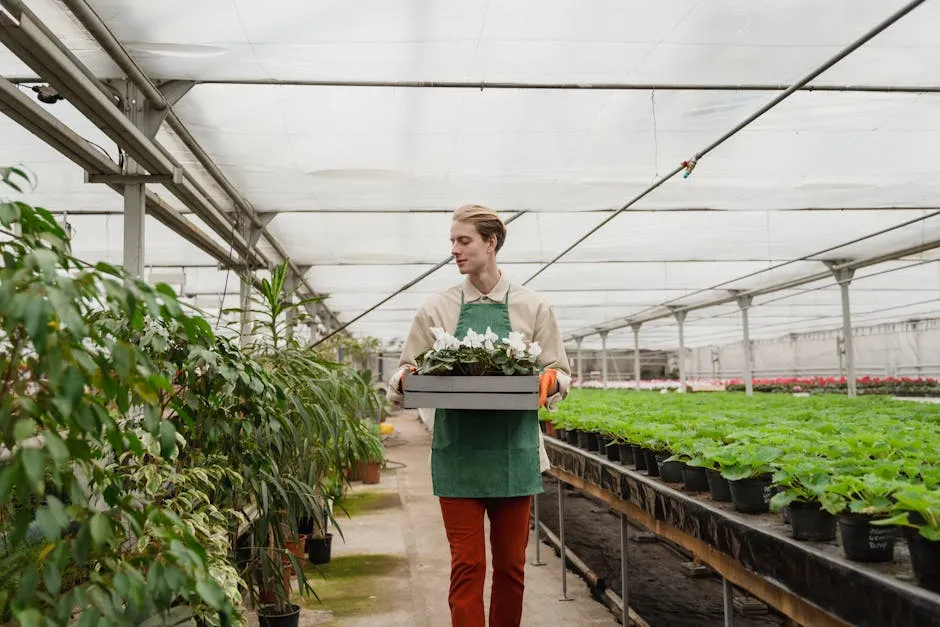
3. Native vs. Non-Native Plants
When it comes to selecting plants for your Florida garden, understanding the difference between native and non-native species is crucial. Florida’s ecosystem is rich with native plants that have adapted to the local environment. These plants are like the cool kids at school; they know how to thrive in Florida’s unique conditions.
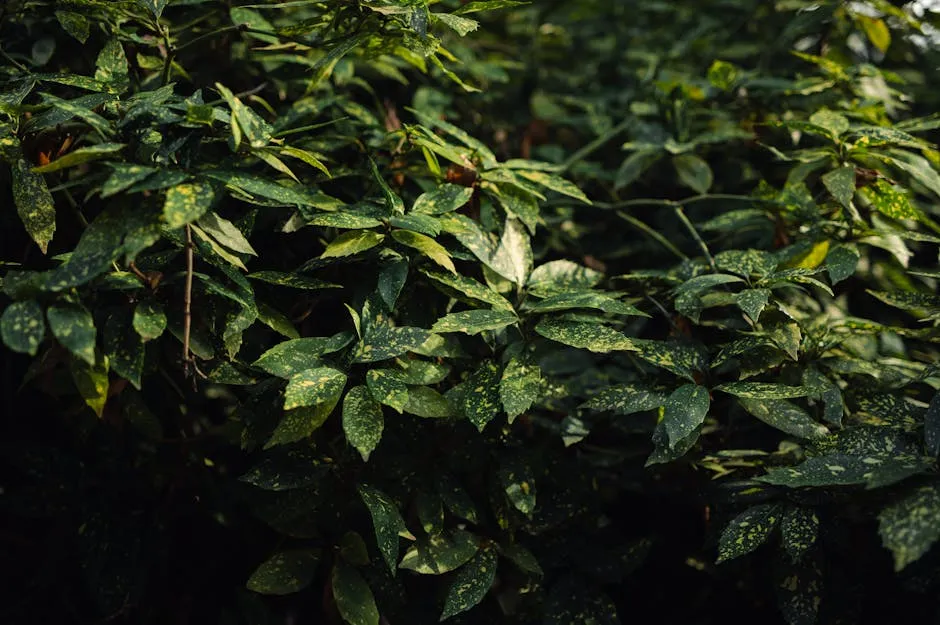
Benefits of Native Plants
First and foremost, native plants know what they’re doing. They adapt effortlessly to Florida’s sandy soils, humidity, and seasonal rains. This means they require less water, fertilizers, and pesticides compared to their non-native counterparts. By choosing native plants, you’re giving Mother Nature a high-five while also saving time and cash!
Furthermore, native plants play a vital role in supporting local wildlife. They provide food and shelter for birds, butterflies, and other beneficial critters. Imagine your garden buzzing with pollinators, all thanks to your thoughtful plant choices. It’s like hosting a party where everyone’s invited!
Plus, native species are less likely to become invasive. You won’t have to worry about them crashing the party and taking over your garden. Instead, they’ll fit right in, coexisting peacefully with your other plants.

Popular Non-Native Plants
Now, let’s talk about non-native plants. Just because they’re not from Florida doesn’t mean they can’t be fabulous. Some non-native plants are well-behaved and can thrive in Florida’s climate without causing chaos. For example, the vibrant Bougainvillea adds a splash of color and can handle the heat like a pro.
Another crowd-pleaser is the Lantana. This sun-loving beauty comes in various colors and attracts butterflies while being drought-tolerant. Who doesn’t want a garden that doubles as a butterfly sanctuary?
Moreover, the Mexican Petunia, though not native, brings a lovely pop of purple to your landscape. It’s a resilient choice that can tolerate a variety of conditions, making it a versatile option for many gardeners.
When selecting non-native plants, it’s essential to ensure they are non-invasive. Look for species that have established themselves as good neighbors in Florida gardens. With careful selection, you can enjoy a diverse garden that includes both native and well-behaved non-native plants, creating a stunning landscape that thrives in the Florida sun.
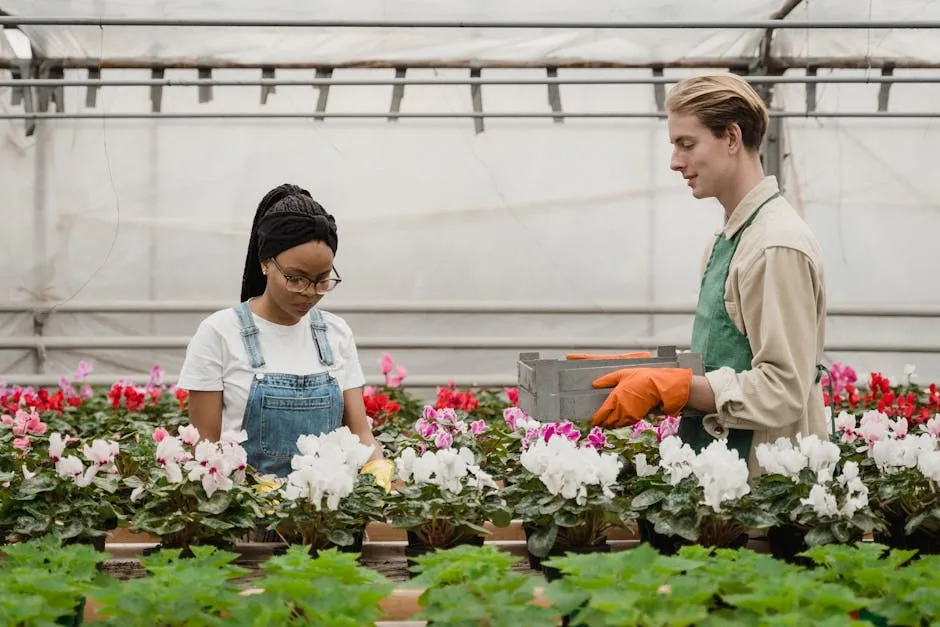
4. Planting and Care Tips
Creating a thriving garden in Florida’s full sun requires some thoughtful planning. Here are some planting and care tips to ensure your sun-loving plants flourish.
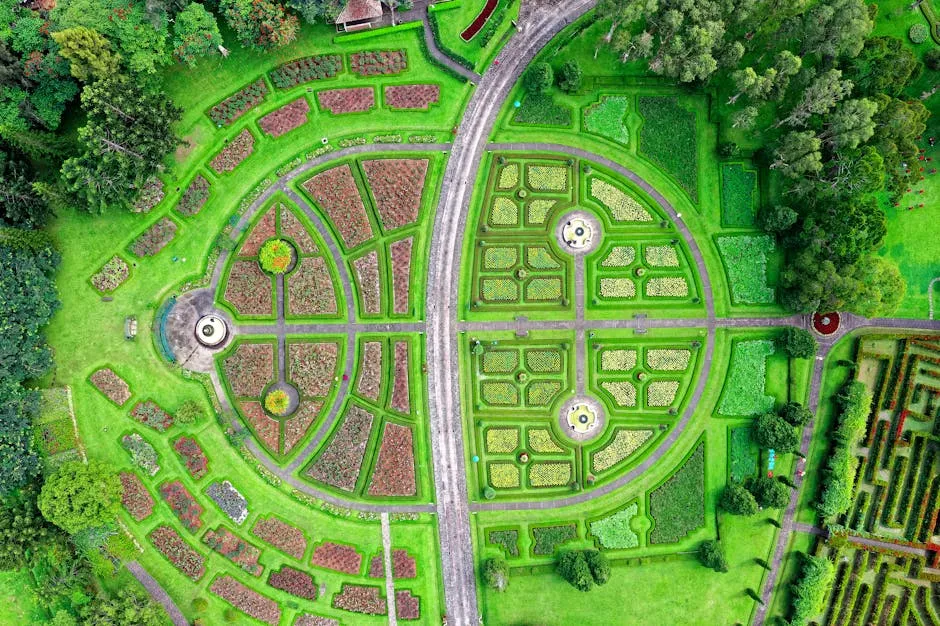
Soil Preparation
Let’s start with the foundation—literally! The key to healthy plants is well-draining soil. Florida’s sandy soil is a double-edged sword. While it drains quickly, it can also dry out rapidly. Mixing organic matter like compost into the soil can improve its water retention and nutrient levels. Think of it as giving your soil a nutritious smoothie!
Before planting, be sure to loosen the soil. This helps your plants establish roots and allows for better drainage. A little elbow grease goes a long way! And while you’re at it, don’t forget to invest in a good Garden Trowel to make the digging easier!

Watering Practices
Timing is everything when it comes to watering. The best time to water is early in the morning or late in the afternoon. This helps reduce evaporation and ensures your plants get the moisture they crave.
When watering, aim for deep, thorough soaking rather than a quick sprinkle. This encourages roots to grow deeper, making your plants more resilient during dry spells. Plus, remember to adjust your watering habits based on the season. Florida’s summer rains can provide a natural drink, so keep an eye on the weather! Consider using Drip Irrigation Kit for consistent watering without waste!
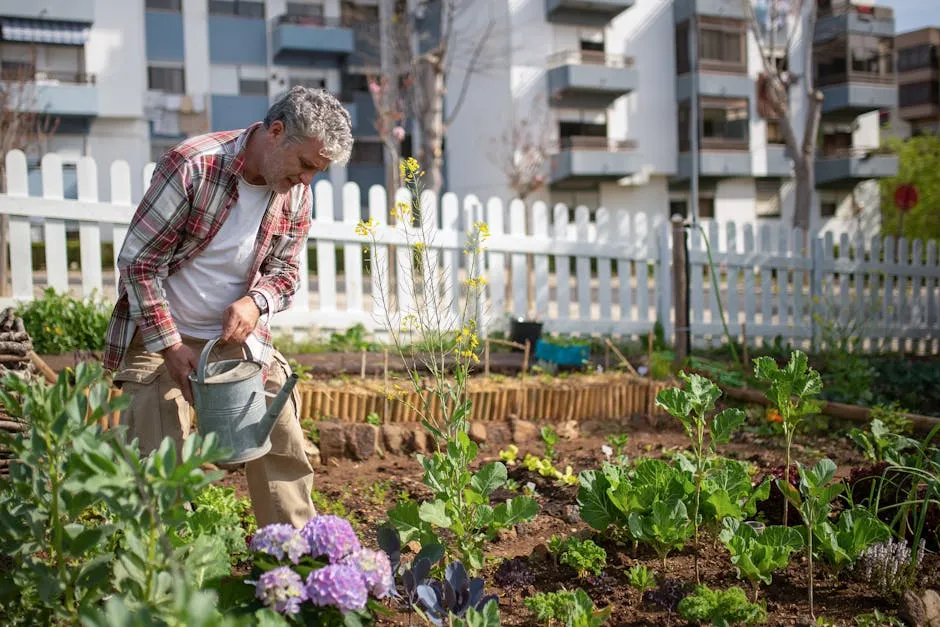
Maintenance
Your garden is a living entity, and like any good relationship, it needs care. Regular maintenance is essential to keep it looking its best. Pruning is your best friend. Remove dead or wilted flowers to promote new growth and extend blooming periods. It’s like giving your plants a fresh haircut!
Fertilizing is also crucial. Choose a Plant Food/Fertilizer designed for the specific needs of your plants. Apply it during their growing season for optimal results.
Lastly, keep an eye out for pests. Regular inspections can help you catch any issues before they escalate. Use organic methods for pest management whenever possible. Your plants—and the environment—will thank you!
By focusing on soil preparation, timing your watering right, and committing to maintenance, you’ll create a flourishing garden that not only stands up to Florida’s sun but also delights the senses. Happy gardening!
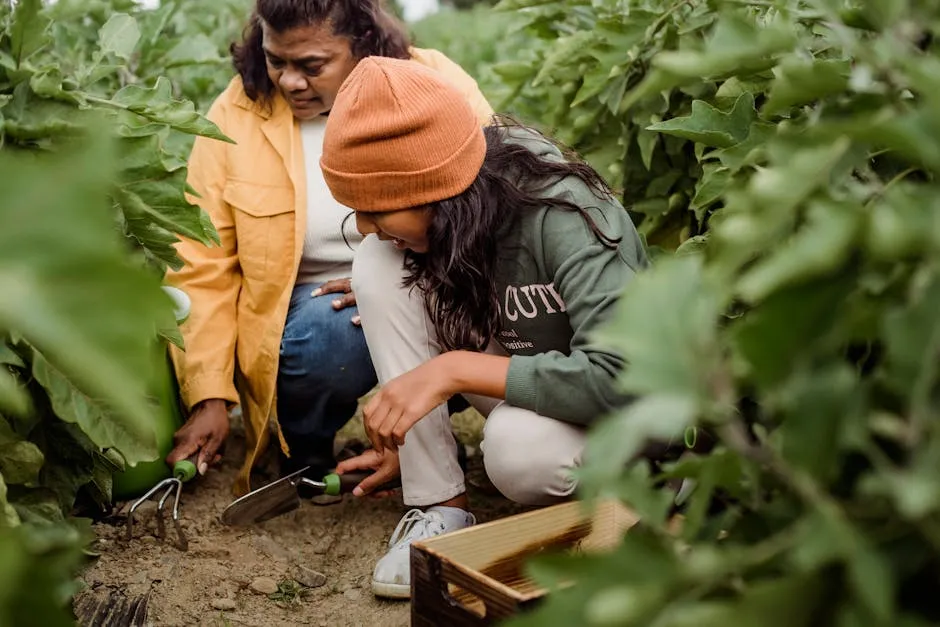
5. Designing Your Full Sun Garden
Creating a full sun garden in Florida? Get ready to unleash your inner landscape architect! With vibrant colors and textures, your garden can become a stunning outdoor retreat. Here’s how to design a space that thrives under the blazing sun.
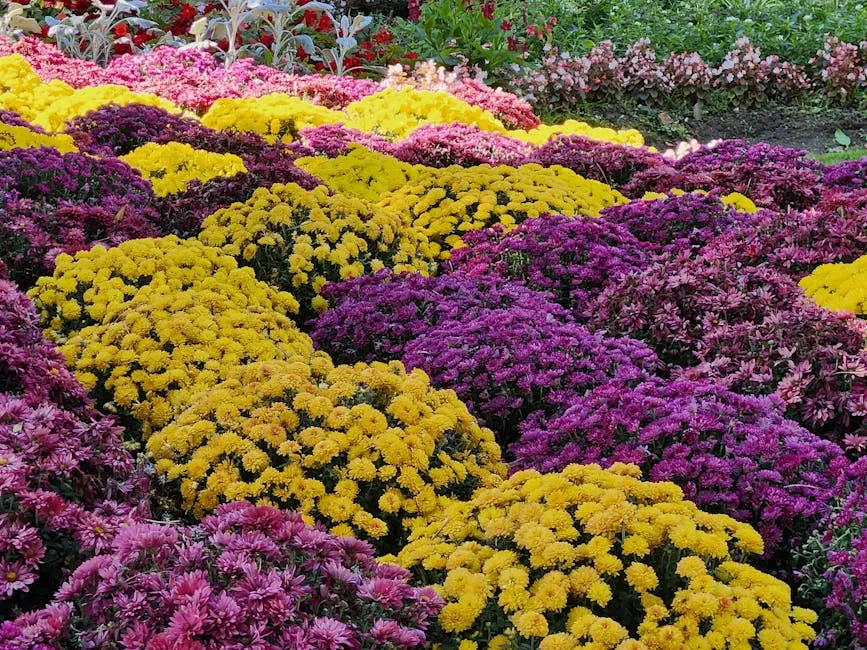
Creating a Color Palette
First, let’s talk about colors. Choosing plants based on a color palette can add drama and harmony to your garden. Think about the mood you want to create. Do you prefer bold and bright, or soft and serene?
For a lively garden, mix hot colors like fiery reds and oranges. Pair them with vibrant yellows for an eye-catching display. Picture Bougainvillea climbing up a trellis, surrounded by cheerful Coreopsis.
On the flip side, if you’re after a calm oasis, opt for cooler tones. Soft blues and purples from plants like Blue Daze can create a tranquil atmosphere. Combine these with lush greens from various grasses for a layered look.
Don’t forget about textures! Mix smooth leaves with spiky ones or fluffy blooms. This contrast adds depth and visual interest.
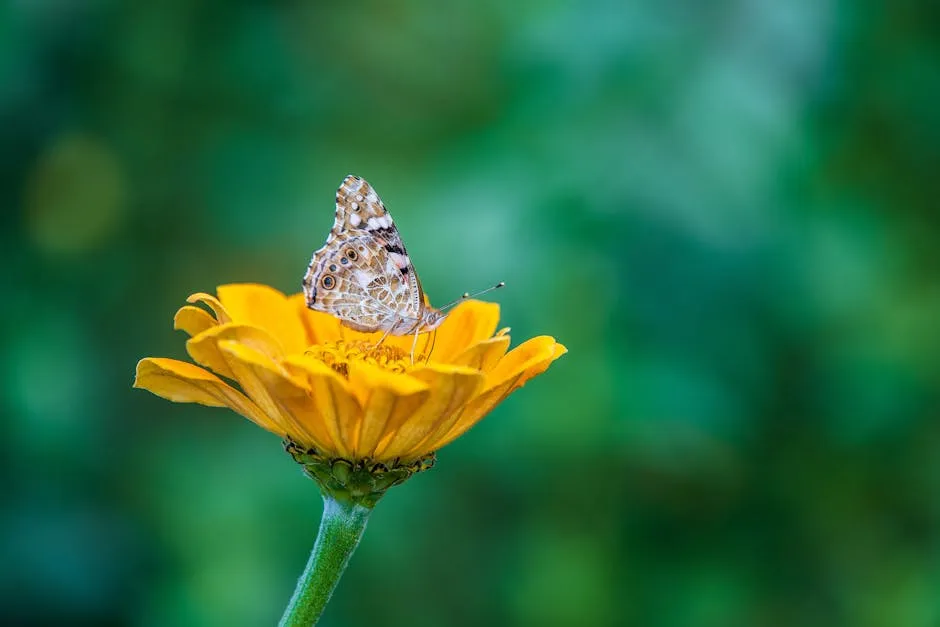
Layering Plants
Next up, let’s layer those plants! Varying heights will create an engaging landscape. Start with taller plants in the back or center of your garden bed, such as Firebush or Mexican Petunia. Their vibrant colors attract bees and butterflies, ensuring your garden is alive with activity.
Then, fill in with mid-sized plants like Lantana and Pentas. These beauties will provide a lush backdrop while still allowing shorter plants to shine. Finally, tuck in low-growing ground covers like Beach Sunflower or Creeping Juniper at the front. They not only suppress weeds but also add a splash of color.
Layering creates a natural flow and makes your garden look fuller. Plus, it helps with plant health by ensuring each species receives adequate sunlight.
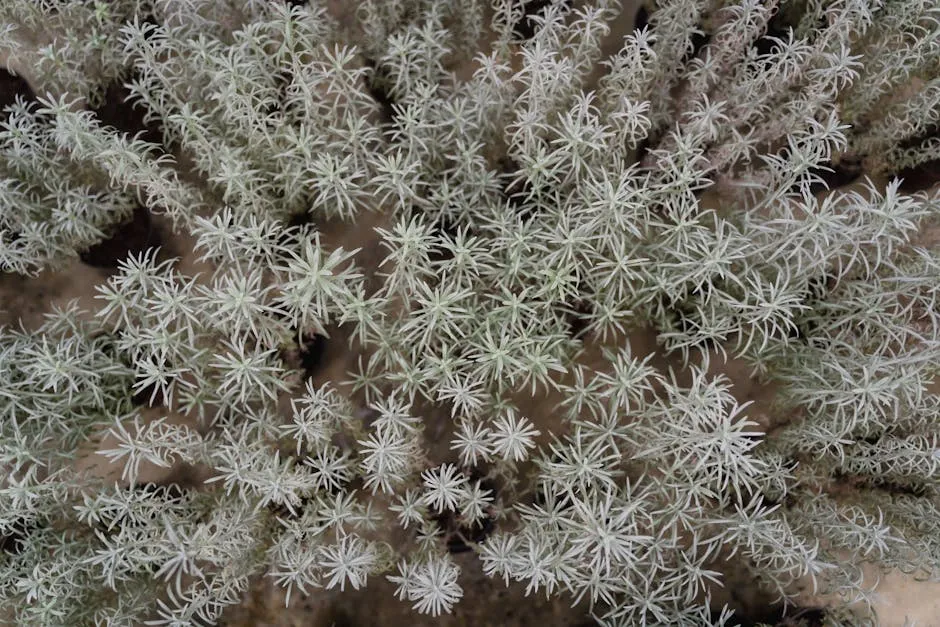
Incorporating Hardscapes
Now that your plant design is set, let’s talk hardscapes! Adding paths, seating areas, and focal points can elevate your garden design.
Consider creating winding paths with pavers or gravel. These lead visitors through your vibrant oasis and also reduce soil compaction. They’re practical and pretty!
Next, think about seating areas. A cozy bench or a few chairs invites you to relax and enjoy your hard work. Place them near fragrant flowers or a bubbling fountain for a serene spot to unwind.
Finally, add focal points. This could be a striking sculpture, a birdbath, or even a trellis draped with vines. Focal points draw the eye and can serve as conversation starters when guests arrive.
By thoughtfully designing your full sun garden with a vibrant color palette, layered plants, and engaging hardscapes, you’ll create a stunning outdoor space that thrives under Florida’s sun. Grab your gardening gloves and start crafting your sun-soaked paradise today!
6. Common Challenges and Solutions
Gardening in Florida’s full sun can be a double-edged sword. While your plants bask in the glow, they can also face a few challenges. But fear not! Here are some common issues and how to tackle them.
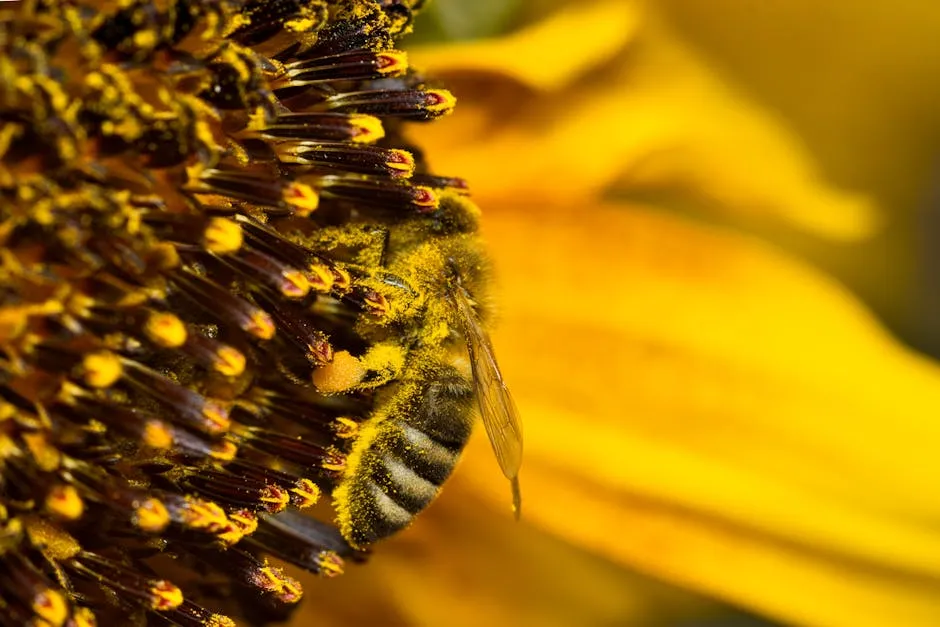
Dealing with Pests and Diseases
Let’s start with the pesky pests. Florida’s warm climate attracts a variety of critters eager to munch on your plants. But don’t call in the exterminator just yet! Opt for organic methods to manage these nuisances.
Encourage beneficial insects like ladybugs by planting native flowers. They’ll feast on aphids and other pests. You can also use insecticidal soap for a gentle touch. Regular inspections help catch issues early, so keep your eyes peeled!
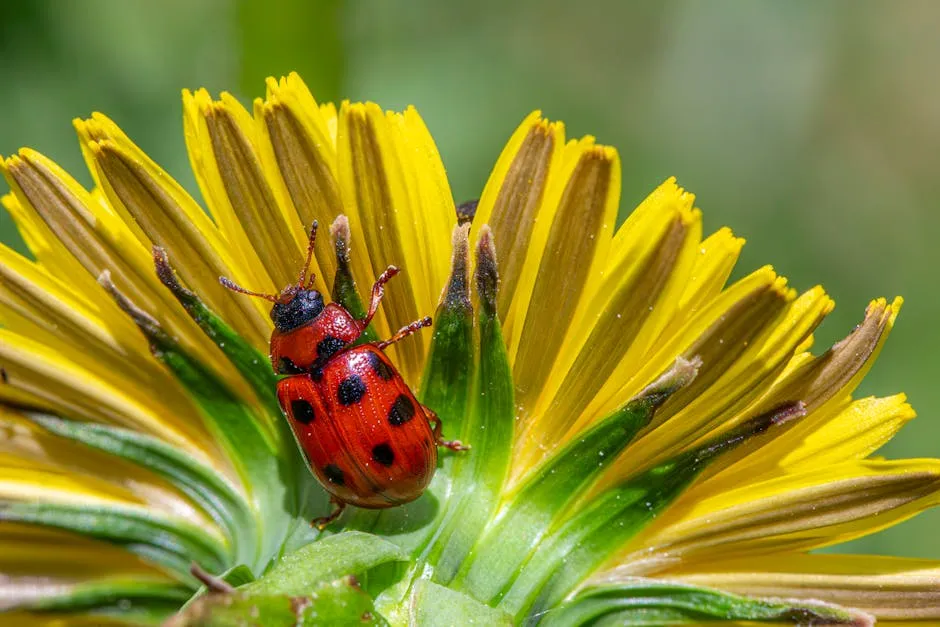
Heat Stress
Now, let’s chat about heat stress. Florida’s summers can be brutal. Signs of heat stress include wilting leaves, leaf scorch, and stunted growth. To help your plants cope, mulch around their bases. Mulch retains moisture and regulates soil temperature, keeping roots cool.
Watering is crucial! Early morning is the best time to water deeply. This allows plants to absorb moisture before the sun gets too intense. Consider using drip irrigation for consistent hydration without water waste.

Water Management
Water management is key in a full sun garden. Florida’s unpredictable rains can lead to drought or flooding. To tackle this, focus on drought-tolerant gardening. Choose plants like Lantana and Blanket Flower that thrive on less water.
Implement a rain garden to capture runoff and allow for natural drainage. This can help manage excess water while providing a habitat for local wildlife.
By staying vigilant about pests, managing heat stress, and optimizing water use, you can create a thriving garden that withstands Florida’s sun. Happy gardening!

Conclusion
Choosing the right plants for Florida’s full sun conditions can lead to a flourishing garden that not only looks beautiful but also supports local ecosystems. Imagine stepping outside to a vibrant landscape, teeming with life! By selecting resilient sun-loving species like Bougainvillea, Lantana, and Coreopsis, you can create an outdoor space that thrives in the Florida sunshine.
But wait, there’s more! Implementing proper care practices, such as adequate watering and soil preparation, ensures your plants not only survive but truly flourish. Picture your garden bursting with color, attracting butterflies and bees like a magnet. You might also consider using a Gardening Journal to keep track of your progress!
So grab your gardening gloves and get ready to cultivate your own slice of paradise. With the right choices and a bit of nurturing, your garden will be the envy of the neighborhood. Who knew that basking in the sun could feel so good—both for you and your plants?
Let the sunshine work its magic, and watch as your garden transforms into a breathtaking sanctuary!
FAQs
What are the best plants for full sun in Florida?
The best plants for full sun in Florida include Bougainvillea, Coreopsis, Lantana, and Firebush. These plants thrive in high heat and require minimal maintenance.
How often should I water my full sun plants?
Watering needs vary, but generally, plants in full sun should be watered deeply once or twice a week, especially during dry spells. Early morning is the best time to water to reduce evaporation.
Can I mix native and non-native plants in my garden?
Absolutely! Mixing native and non-native plants can create a diverse garden. Just ensure that non-native species are not invasive and can coexist peacefully with local flora.
What should I do if my plants look stressed from the heat?
If your plants show signs of heat stress, increase watering and apply mulch to retain moisture. Consider providing shade for particularly sensitive plants during extreme heat.
Are there any full sun plants that attract butterflies and bees?
Yes! Plants like Lantana, Milkweed, and Butterfly Bush are excellent choices for attracting butterflies and bees, making your garden a lively hub of pollinator activity.
Please let us know what you think about our content by leaving a comment down below!
Thank you for reading till here 🙂
All images from Pexels



